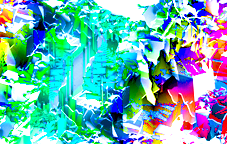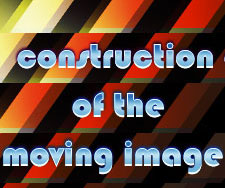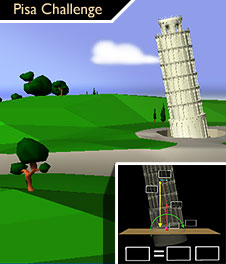 |
Brian Schrank, PhD Associate Professor, Chair of Game Design, DePaul University bschrank@gmail.com |
|
| Games & Book | AR & VR Games | Animation & Acting | Comics & Design |
 |
Capstone: Game Development Project I & II I revised and teach a senior and grad-level project course for students in the Game Dev program at DePaul. They work in cross-disciplinary teams of 3-7 students for two quarters going through the entire game development cycle. They iteratively develop a game that has at least one minute of awesome gameplay. We throw a showcase at the end of the year and invite local game industry folks to come see and play the incredible games the students have made. Class website for Winter 2015 |
 |
Playgramming Course I devised when we revamped the game design degree curriculum at DePaul toward more project-based learning. The course empowers game designers and artists to learn how to code and establish a foundation of procedural literacy and curiosity. |
Game Mod Workshop I revised the syllabus in this studio course in which students develop skills in game design and production. Students form into mini game studios that build a game mod which must provide one awesome minute of gameplay. The entire development process is covered from brainstorming and prototyping to playtesting and polish. (image to left is from the student team: Air Five Games) class website: www.gamemodworkshop.com |
 |
Principles
of Visual Design I devised the syllabus in this studio course in which students develop skills to conceptualize and design media with clarity of vision and desired effect. Through readings, lectures and in-class discussions students will learn how to be critical of their own work, the work of others and how to analyze interactive and static imagery from various historical and theoretical perspectives. class website ------- gallery of student work |
 |
Construction of the Moving Image: Animation Concentration I devised the syllabus for this studio course which combines theories of animation, video and film with practice in these fields. Class material consists of lectures, workshops, readings, projects, and in-class critiques of their such projects. Students learn the affordances, aesthetics and techniques of how to create moving images that are hand drawn, generated computationally in 2D or 3D, and that are layered motion graphics. Software used: Maya, Photoshop, Processing and After Effects. class website ------- gallery of student work |
Building Virtual Worlds Videos of student work: |
 |
InTEL: Interactive Toolkit for Engineering Learning |
|
Korea Game Academy |
|
Full-Immersion
English |